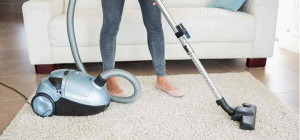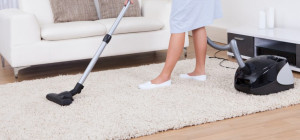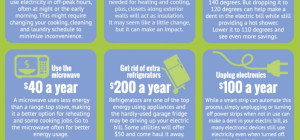 Although natural gas pipelines regularly undergo inspection and maintenance, they are still subject to occasional leak or damage. With the colder weather brewing in, home heating equipment will be used on a daily basis. It is important now more than ever to secure your house from any natural gas accidents and possible carbon monoxide poisoning.
Although natural gas pipelines regularly undergo inspection and maintenance, they are still subject to occasional leak or damage. With the colder weather brewing in, home heating equipment will be used on a daily basis. It is important now more than ever to secure your house from any natural gas accidents and possible carbon monoxide poisoning.
Safety precautions to take:
- Have a qualified contractor inspect your heating systems, natural-gas powered appliances and connections for blockage. This should be done at least once a year.
- Replace old gas connectors. Let a service contractor replace your old connectors with new steel or brass ones. Flexible connectors more than 10 years old should also be replaced. Make sure all connectors are approved for use.
- If you are a gardener, mark any underground pipelines to avoid accidentally hitting it with a shovel. If digging is necessary, use your hands to dig so you can feel around the dirt for any pipeline or utility equipment lying underneath. Visit your community's pipeline mapping system.
- When going out of town for an extended period of time, ask a neighbor to check up on your property every once in a while. Inform your gas supplier of your absence so they can interrupt your service if necessary.
- Keep your vents and furnace clean and in good condition. Avoid clutter and litter in these areas. Keep them free of any obstructions.
- Do not use an oven or a barbecue grill for heating indoors. Do not use any other cooking appliances to heat your home. Never sleep in a room with a kerosene heater.
- Do not use a generator inside the house. Keep it in a shed away from people.
Gas companies are generally responsible for natural gas facilities but those that are buried underneath residential properties become the responsibility of the homeowner. Since they maintain miles and miles of natural gas pipelines, it would help if residents stay alert for any changes in their natural gas supply to prevent any disastrous events. Possible dangers of a damaged pipeline could include explosion, suffocation, severe injury and/or death. Know the signs of a potential gas leak and what to do if it happens in your property.
Signs to look out for in a suspected pipe leak:
- Listen for any hissing sounds near a pipeline. Have a qualified contractor find out what is causing the hissing noise.
- Be alert of any natural gas smells anywhere near or inside your building. Gas companies add a chemical that reeks of rotten eggs to your gas supply so a gas leak would be easier to spot.
- Plants suddenly dying near a pipeline. A leak underground can go to the roots and harm your plants. Discard any affected vegetation immediately and have the underground pipeline checked.
- Ice formation on the ground above the pipeline. Gas requires heat to vaporize. This would take heat from its surrounding causing the moisture in the air to condense and form ice on the ground.
What to do if you suspect a natural gas leak around your house:
- Go out immediately. Do not go back inside to turn off any electrical appliances to avoid creating a spark.
- Inform the gas company and have them investigate the situation.
- Tell your neighbors about the suspected leak so they can prepared in an unlikely event of an explosion.
Carbon monoxide is a colorless and odorless gas that is toxic to humans and animals. It is produced by fuel-burning appliances in your home, including your car. Improper ventilation can result in carbon monoxide inside your house. Place a carbon monoxide detector in your home. Make sure you get a detector that is UL-approved and its alarm is loud enough for everyone to hear. Call your local fire department immediately if it goes off.
Symptoms of carbon monoxide poisoning to watch out for:
- Flu without fever
- Shortness of breath
- Headache
- Fatigue
- Nausea and vomiting
- Mental confusion
- Loss of consciousness
For suspected carbon monoxide poisoning, go to your nearest hospital. Visit the US Consumer Product Safety Commission for more information on carbon monoxide poisoning prevention.






